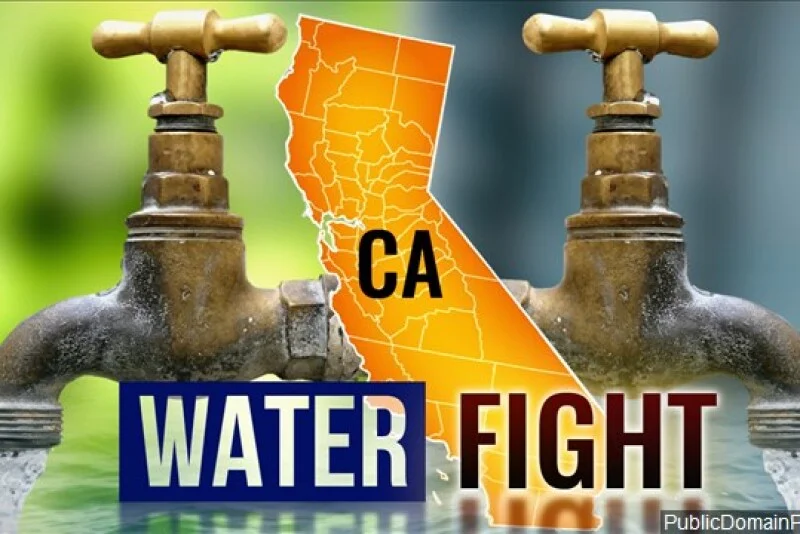
California’s Water Crisis: Is the Golden State’s Thirsty Future Just Around the Corner?
In the heart of America's agricultural powerhouse, California is facing a water reckoning that could reshape its landscape and economy. New studies and reports highlight alarming projections of water loss, underscoring the urgent need for innovative solutions to secure the state's future. As climate change intensifies, the implications extend far beyond parched fields, threatening communities, jobs, and food security for millions—making this a crisis that demands immediate attention.
Recent research from UC Davis and UC Merced paints a stark picture of California's water challenges. The studies estimate that the state could lose enough water annually to serve up to 9 million households, translating to economic losses between $3.4 billion and $14.5 billion each year. This builds on earlier findings that water supplies might shrink by 12 to 25 percent by 2050, equivalent to the loss of one or two Lake Shastas. Without coordinated action, up to 3 million acres of farmland could be idled, leading to 67,000 job losses and severe impacts on rural communities. Senator Anna Caballero's Senate Bill 72 emerges as a beacon of hope, proposing California's first water supply target to develop 9 million acre-feet of new water by 2040 through collaboration among federal, state, and local partners.

The situation is exacerbated by land subsidence in the Central Valley, where over-pumping of groundwater has reduced the State Water Project's delivery capacity by 3 percent, potentially dropping to 87 percent by 2043 if unchecked. Kings County farmers are pushing back against state sanctions under the Sustainable Groundwater Management Act (SGMA), with a lawsuit gaining momentum after a judge criticized the lack of transparency. As Governor Gavin Newsom touts California's agricultural dominance, experts warn that water scarcity could undermine this status. For instance, initiatives like the Pajaro River Watershed Resilience Program and efforts in the San Joaquin Valley highlight the need for sustainable practices, including groundwater recharge and crop monitoring via satellite technology, as noted in reports from the USGS and Land IQ.
Comparisons across regions reveal a broader crisis: From the Sacramento River's salmon restoration efforts to the Tijuana River's pollution woes, water issues are interconnected with climate impacts like wildfires and toxic algae blooms. "We will prevail," stated a Kings County Farm Bureau representative, echoing the resolve amid these challenges. Yet, political hurdles, such as potential rollbacks of Clean Water Act protections under federal proposals, add layers of complexity, threatening to undo state-level gains like SB 601, which aims to safeguard wetlands post-Sackett v. EPA ruling.

Ultimately, California's water future hinges on public-private partnerships and adaptive strategies, as advocated in commentaries from experts like Emilio Tenuta. With warnings of increased wildfire risks and national trends showing farm bankruptcies on the rise due to resource strain, the state must act decisively to mitigate these threats.
In summary, California's water crisis is a wake-up call for sustainable innovation and collective action. What does this mean for your community? Share your thoughts on how we can address these challenges—leave a comment below and help spread the word by sharing this article.